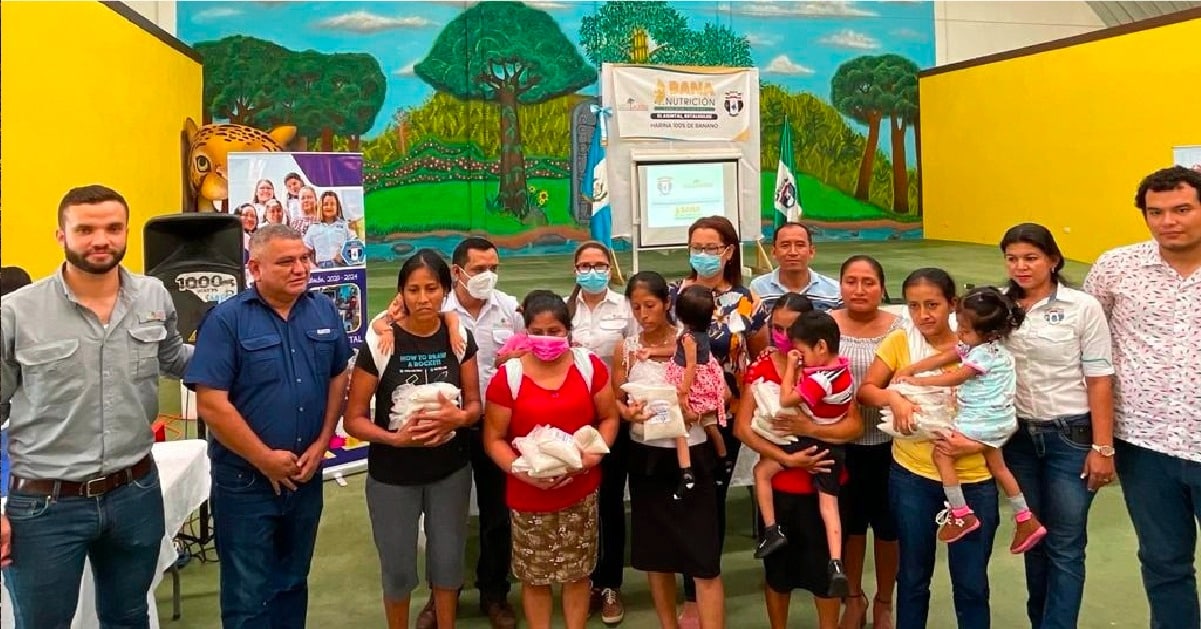Together we are stronger: Strategic Alliances
Strategic Alliances
Together we are stronger: Strategic Alliances
In an increasingly competitive business world, it is crucial to establish strategic alliances with different organizations and stakeholders. It is even more critical in sectors such as agro-industry, where the supply chain is complex and a collaborative approach is needed to achieve sustainable growth.




